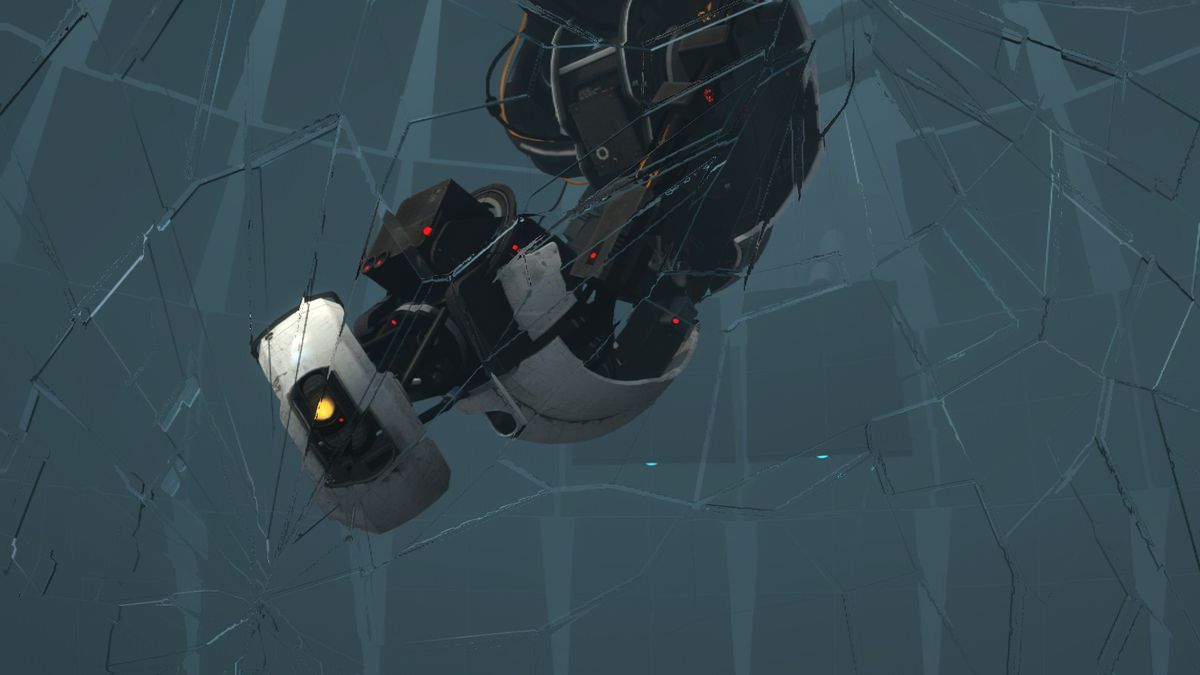IbizaPocholo
NeoGAFs Kent Brockman

GLaDOS nearly wasn’t in Portal
One of gaming’s greatest villains was a last-minute addition
Imagine a Portal game without GLaDOS. Almost impossible, right? But the comically cruel robotic taskmaster almost didn't appear in Valve’s classic puzzler at all.
That’s according to Valve’s Robin Walker. In a wide-ranging interview with TechRadar (coming this week) to mark Half-Life: Alyx’s four BAFTA Game Awards nominations, the Valve game designer revealed how the original vision for Portal included the all-important portal gun, but not the cake-loving baddie.
“There was this sort of real Eureka moment I remember very strongly in the development of Portal, where we had built 14 of the sort of 17 levels of the game, and you could play through them and we were having play testers coming in and playing through them,” recalls Walker.
“GLaDOS didn't exist then – it was just ‘the game’. And I remember we had play testers come in and they would have a lot of fun and I remember more than one of them would finish and, essentially, in their feedback say, 'All this training stuff was really fun but, like when's the game start?' And we were all like, 'Man, this is the game!?' Like, what makes someone go through that experience of those levels and come out and ask where's the game start? What are the cues they are looking for that make them believe this is the game?”
So, the raw mechanic was there in Portal – being able to teleport the player and objects from point to point through the titular portals. But the testing revealed something was missing. Valve came to the conclusion that with no threat there was no fun. Realizing the need for an antagonistic driver behind the puzzles, GLaDOS was born.
“And so GLaDOS came out of that, this sort of set of theories we had – [the players] have to believe that there's a purpose for all this learning, that there needs to be some kind of antagonist, there needs to be some threat, some force, something that makes it look like it's going to push back. That maybe there needs to be some concept of what failure can be for the gamer.
“I don't think any of the things I'm describing here are hard rules – Tetris doesn't have an antagonist, it doesn't really have any content and it still works just fine. But our take away was that players were looking for the characteristics of the product that did matter, that in some ways were the things that maybe were the hooks for them to hang their caring on, their desire to fit or to get emotionally invested in it or something. And so, from that we've always had to remember that our customers don't have quite the love of mechanics that we as developers do.
“One of the things we've learned over the years is that mechanics tend to be things that us as developers love but customers tend to respond more to content. Content requires novel mechanics – you can play a game that's largely the same gameplay as others you've played before and still have fun due to the novelty of the content, many mechanics are fun, you know, even after you've done them for 100 hours. But it's hard to find games out there that are really successful, that are raw mechanics, and don't have content wrapped around them.”
